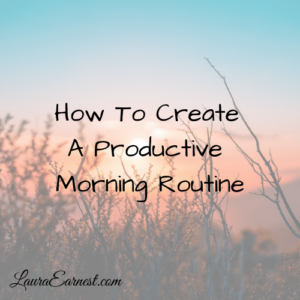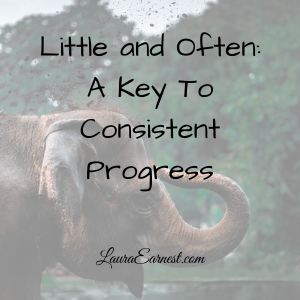Time blocking is one the strategies many people use to get things done and stay on track. Today I will review the Time Block Planner, produced by Cal Newport.
I like the thought of a loose interpretation where I decide what things I will be tackling during a certain time period. But scheduling every minute holds no appeal for me, given that I know the schedule will be off kilter within the first hour. I picked up this planner after the hearing the hype about it on Professor Newport’s podcast.
Difficulty Finding It
I wanted to take a look at the planner in person before deciding if I was going to give it a spin. So I went to my local Barnes and Noble, where I had already determined they had a copy.
It wasn’t in with the calendars and planners. So I asked, and the poor staff member and I went on a wild goose chase, looking in all the places it could have been, including with Newport’s other books, on various table and end cap displays. We finally located it in the self-help section.
I’m telling you this in case it is a corporate decision to file this book so it is hard to find.
Looking At The Planner
The planner I have is the second edition. It’s most notable feature is being spiral bound instead of book bound. It is 7 3/8” wide and 9 1/8” high. The planner pages themselves are 3/4” thick.
The planner consists of daily 2-page spreads for the weekdays and a single 2 page spread for weekends. The planner has enough pages for 4 months of planning.
Pros
Spiral bound. The spiral binding on the planner is really nice and allows the book to lie flat and open, regardless of where you are working in the planning.
Good paper. The paper is nice and thick and was able to handle most of what I threw at it, including ball point, fountain pen, markers, midliners and gel ink. It didn’t handle Sharpies, but I have yet to meet paper that does.
Great instructions. The instructions are thorough and show clearly how to use the planner with examples.
Undated. The planner is undated, so you can start on any day of the week at any point in the year. The pages are labeled with the week number, and the day number within the week.
Cons
Awkward sizing. The planner is an awkward size. It doesn’t match any of the standard notebook sizes. I found it took up too much room. The margins are big enough that it could have been A4.
Weird line spacing. The lines in the planner are two different spacings. The left side of the page, for tasks and ideas, are college rules. The time block itself is wide ruled. I found this jarring from a visual perspective when the pages were filled out.
Short and expensive. This planner, for its size, only covers 4 months. With a list price of $30, that is a lot of money to spend for a yearly planner. Newport even admits that this is not the place where you keep track of appointments and tasks, so this is $90 a year of additional paper to figure out where you spend your time.
Overall Thoughts
Professional time only. As I was reading the introduction, I was disappointed to read that this planner is intended for professional life only. I get where Newport is coming from – he stops work at 5:30 and gets all his various things done during the day. But as someone who doesn’t control her own schedule, and relies on evenings and weekends to get my personal projects done, I hoped for something more flexible.
Rewriting is a waste of time. The daily pages have four columns in the time block. You make your initial plan, and then when you get off track you rewrite from that point forward.
My Experience
I tried the planner as instructed for a week.
Within the first two hours of the first day I had run out of room for the blocks. My schedule and plan shifted drastically as a production error came in that meant all hands on deck. Then an issue with our development environments pulled me from my tasks. Next I was asked to pull data for an issue for info sec. At that point I was on the fourth column, and a design session threw the rest of it out the window. This was not a typical day, so I decided to keep on with the experiment.
Over the next four days, I realized that this system of time blocking doesn’t match what I do professionally. As the senior developer on a team, I have administrative responsibilities that include design and code reviews. In order for the other team members to keep working, I have to be available to review things for them. This system of flexing what I am focusing on doesn’t do well with pre-planning.
I don’t have control of my schedule; my client controls that. And with the other requirements by the client means that I can’t carve up my day as I choose.
Final Thoughts
I think that this is a quality planner with good usability factors in the physical implementation. If you have control over how to spend your time in your work life, this is a good way to get a handle on time so you don’t fritter it away.





